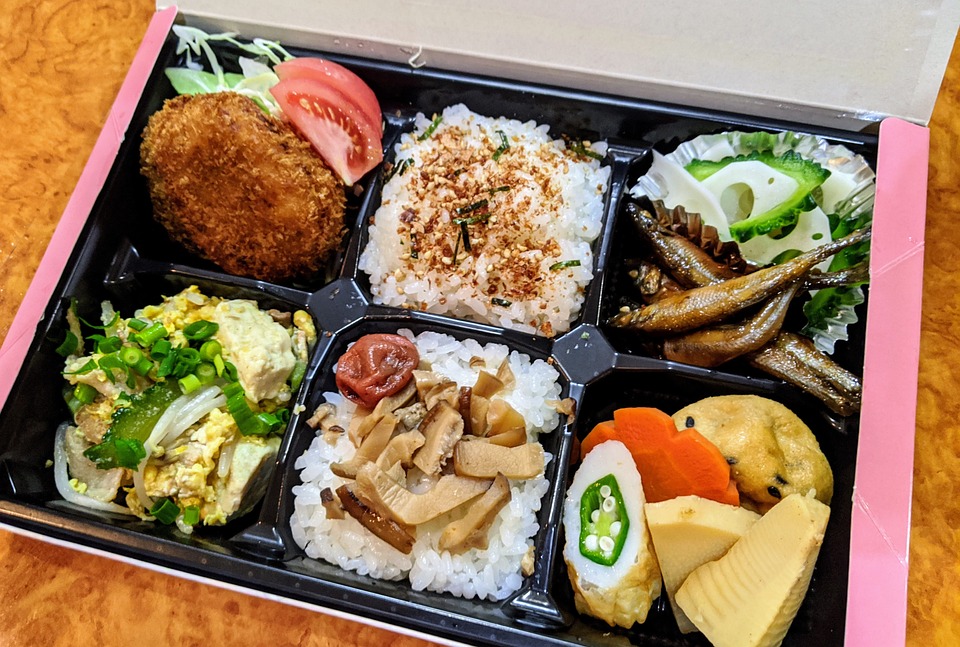[ad_1]
Japanese cuisine, also known as Washoku, has a rich and diverse culinary tradition that spans centuries. From delicate sushi and sashimi to hearty ramen and tempura, Japanese cuisine has something to offer for everyone. In this article, we will take a journey through the traditions of Washoku, exploring its history, ingredients, and cultural significance.
The History of Washoku
Japanese cuisine has a long and storied history that reflects the country’s unique geography and cultural influences. The earliest forms of Japanese cuisine can be traced back to the Jomon period, which lasted from around 14,000 to 300 BCE. During this time, the Japanese people relied on hunting, fishing, and gathering for their food.
Over the centuries, Japanese cuisine evolved with the introduction of new ingredients and cooking techniques from China, Korea, and other neighboring countries. It wasn’t until the Edo period (1603-1868) that Japanese cuisine began to take its modern form, with the development of sushi, tempura, and other iconic dishes.
Key Ingredients in Japanese Cuisine
Japanese cuisine is known for its use of fresh, seasonal ingredients, and there are several key items that are essential to many traditional Japanese dishes. Rice, for example, is a staple in Japanese cuisine and is often served alongside a variety of dishes. Seafood, including fish and shellfish, is also a crucial component of Japanese cuisine, with sushi and sashimi being among the most well-known examples.
Other key ingredients in Japanese cuisine include soy sauce, miso paste, and dashi, a flavorful stock made from seaweed and dried fish. These ingredients form the base of many Japanese dishes and help to create the distinctive umami flavor that is characteristic of Washoku.
The Cultural Significance of Washoku
Japanese cuisine is deeply intertwined with the country’s cultural and religious traditions. In fact, in 2013, Washoku was designated as an Intangible Cultural Heritage by UNESCO, recognizing its importance as a symbol of Japanese identity and community.
One key aspect of Washoku is the concept of “harmony” or “wa,” which refers to the balance and unity of various elements in a meal. This can be seen in the way that Japanese meals often include a variety of flavors, textures, and colors, creating a harmonious dining experience.
Another important cultural aspect of Japanese cuisine is the practice of “kaiseki,” a traditional multi-course meal that is carefully crafted to reflect the season and the chef’s artistic sensibility. Kaiseki is a form of culinary art that seeks to honor the ingredients and showcase the skills of the chef, and it has become a symbol of refinement and elegance in Japanese culture.
Conclusion
Japanese cuisine, or Washoku, is a rich and multifaceted culinary tradition that reflects the history, culture, and values of Japan. Through its diverse range of dishes, its use of fresh, seasonal ingredients, and its emphasis on harmony and balance, Washoku has become a symbol of Japanese identity and a source of pride for the nation. As we continue to explore the traditions of Washoku, let us also savor and appreciate the artistry and cultural significance of this remarkable cuisine.
FAQs
What are some famous Japanese dishes?
Some famous Japanese dishes include sushi, sashimi, tempura, ramen, udon, and yakitori.
What is the significance of seasonality in Japanese cuisine?
Seasonality is a key concept in Japanese cuisine, as it reflects the Japanese appreciation for the changing of the seasons and the use of fresh, seasonal ingredients in cooking.
What is kaiseki cuisine?
Kaiseki is a traditional multi-course meal in Japanese cuisine that is carefully crafted to reflect the season and the chef’s artistic sensibility. It is a form of culinary art that seeks to honor the ingredients and showcase the skills of the chef.
[ad_2]





Comments